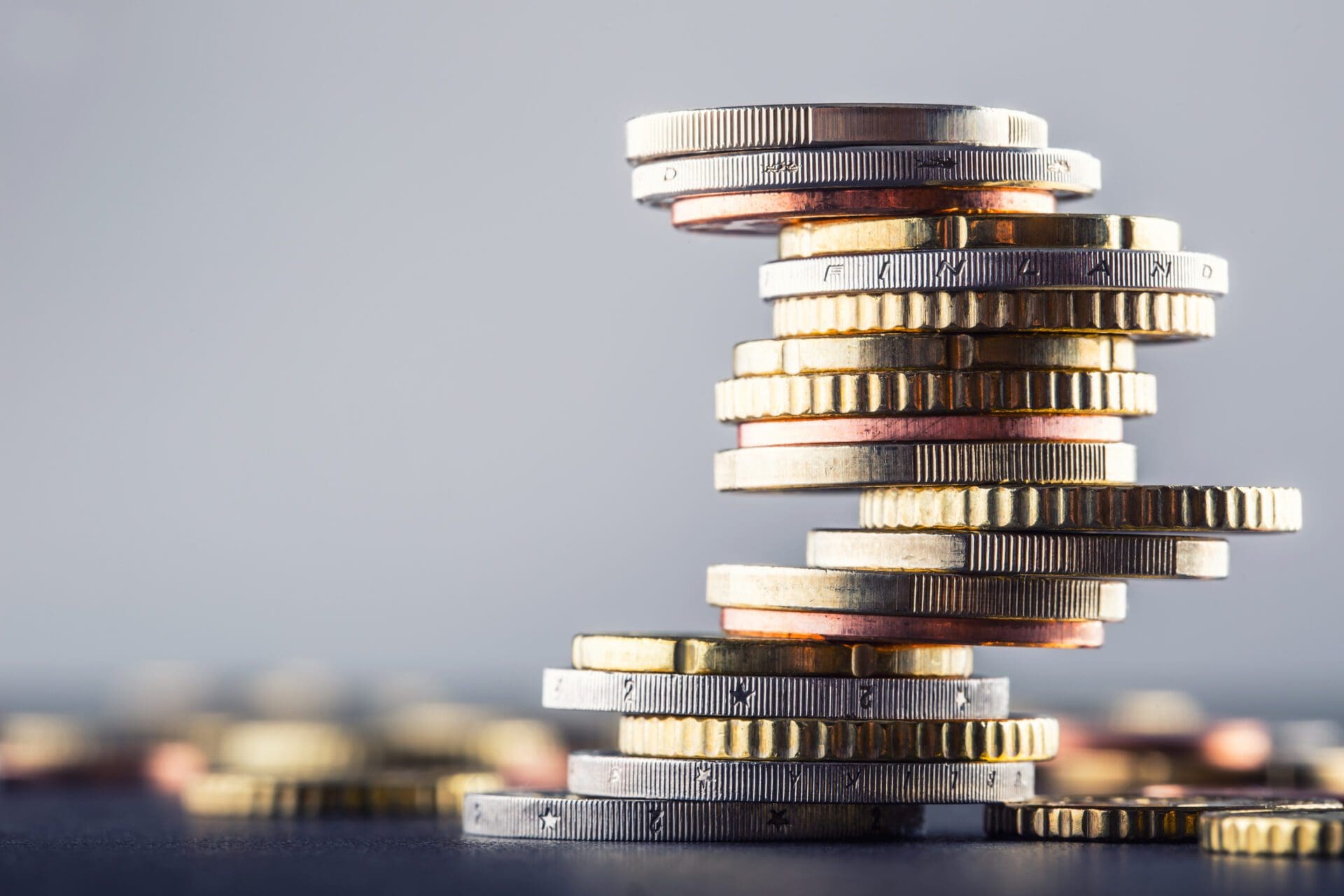Hungary’s gross domestic product volume grew by 0.4 per cent in the fourth quarter of 2022 compared to the same period of the previous year, according to the Hungarian Central Statistical Office (KSH), which confirmed the figure in his second estimate released last Thursday.
According to seasonally and calendar-adjusted and balanced data, the performance of the economy increased by 0.8 per cent compared to the same period of the previous year, while it decreased by 0.4 per cent compared to the previous quarter.
The second estimate’s raw volume index did not change from the fourth-quarter data released in the first estimate, while the seasonally and calendar-adjusted and balanced volume index decreased by 0.1 percentage point, according to KSH. The performance of the industry increased by 2.7 per cent, of which the manufacturing industry increased by 3.3 per cent compared to the same period of the previous year. The added value of the construction industry increased by 0.9 per cent, while that of agriculture decreased by 32.3 per cent compared to the same period of the previous year due to severe drought. The gross value added of services increased by 2.8 per cent as a whole.
Transport, Storage, Human Health–Social Services Saw Strongest Growth
The strongest growth occurred in the transport, storage, and human-health and social services (both 8.0 per cent) sectors. The performance of real estate transactions increased by 5.9 per cent, while that of financial and insurance activities increased by 5.3 per cent. The volume of the added value of professional, scientific, technical, and administrative activities grew by 3.6 per cent. The performance of hospitality services was 2.4 per cent higher than in the previous year, while that of information and communication by 1.4 per cent, and that of education by 3.5 per cent.
As far as trade is concerned, it decreased by 1.3 per cent, similarly to the public administration sector, which by 1.7 per cent compared to the same period of the previous year. The services sector contributed 1.7 per cent, the industry 0.5 per cent, and the construction industry 0.1 percentage points to the 0.4 per cent growth of the gross domestic product in the fourth quarter of 2022. Real estate transactions and transport and storage (both at 0.5 percentage points) mainly increased the GDP within the services sector. The growth was slowed down by 1.0 percentage point due to the performance of agriculture and by 0.9 percentage point due to the decrease of the balance of product taxes and subsidies.
Household Consumption Rose As Well
On the demand side, actual household consumption increased by 1.7 per cent compared to the same period of the previous year. Among the components of actual consumption, the largest proportion, household consumption expenditure, increased by 2.1 per cent. The volume of social benefits received in kind from the government increased by 0.2 per cent, while community consumption decreased by 4.5 per cent. The volume of social benefits received in kind from non-profit institutions assisting households decreased by 0.6 per cent. As a result of the above processes, final consumption increased by 0.7 per cent. Gross fixed capital formation decreased by 8.6 per cent in the fourth quarter compared to the same period of the previous year. Both construction investment and machinery and equipment investment volumes decreased. Among the national economic sectors with the highest proportion of investment, the volume of development in real estate transactions and transportation and storage declined, while that of the manufacturing industry continued to increase. Gross accumulation decreased by 2.4 per cent compared to the same period last year. Through consumption and accumulation processes, domestic use decreased by 0.2 per cent in the fourth quarter overall.
Both Exports and Imports Increased
A current price trade deficit of HUF 998 billion was generated in the national economy’s foreign trade. The volume of exports increased by a greater percentage (9.8 per cent) than imports (9.2 per cent). In merchandise trade, exports increased by 8.5 per cent, while imports increased by 8.3 per cent compared to 2021. As for services trade, exports increased by 15.6 per cent, while imports increased by 15.4 per cent compared to the same period of the previous year.
Economy’s Performance Grew by 4.6 Per Cent
Final consumption contributed 0.5 percentage points to the GDP’s 0.4 per cent growth in the fourth quarter of 2022, while gross accumulation slowed it down by 0.6 percentage points. Overall, the balance of trade increased the economic performance by 0.5 percentage points. Within the 0.4 per cent decline in the third quarter, agriculture increased by 6.6 per cent, construction by 2.1 per cent, services by 0.1 per cent, and industry decreased by 0.5 per cent. On the expenditure side, the volume of household consumption expenditure increased by 0.3 per cent. The volume of social benefits received in kind from the government and community consumption did not change. Gross fixed capital formation decreased by 5.8 per cent. In foreign trade, the volume of exports decreased by 0.9 per cent and imports by 1.4 per cent. In 2022, the GDP value at current prices was HUF 66,387 billion, a 4.6 per cent increase compared to the previous year. Based on calendar-adjusted data, the economy’s performance also increased by 4.6 per cent. On the production side, the value added of industry increased by 5.4 per cent, construction by 3.0 per cent, and services by 7.2 per cent.








